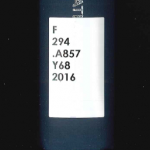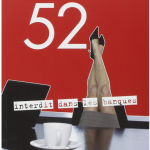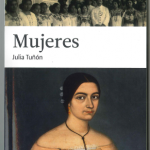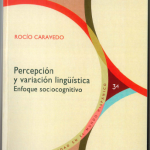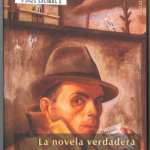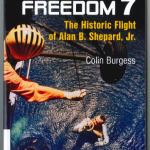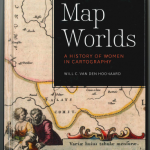Mujeres : entre la imagen y la acción / Julia Tuñón. (OCLC #945452399)
I chose as an initial call number for this title:
HQ1462 .T86 2015
I checked the Library of Congress catalog to shelf-list, and found that this author has written another book about women in Mexico. I found myself comparing these two titles for filing order:
Mujeres : entre la imagen y la acció
Mujeres en México : una historia olvidada
Which comes first: that first one, because its title proper comes first? Or the second one, because “en” comes before “entre”?
I checked the Filing Rules in the Library of Congress Classification and Shelflisting Manual, and found a couple of relevant guidelines:
5. Identical filing entries. Consider the title to extend only to the first significant mark of punctuation which will be either a period ( . ) or a slash ( / ).
16. Ampersand and other symbols. The ampersand (&) is the only symbol that has filing value. It follows spaces and precedes the lowest Arabic numeral or alphabetic character. Ignore all other symbols when filing into the shelflist.
Based on those guidelines, I considered the full title (not just the title proper) to be the entry to use for filing, and ignored the :, resulting in this order:
Mujeres en México : una historia olvidad
Mujeres : entre la imagen y la acció
and used the call number: HQ1462 .T885 2015
